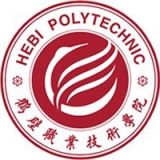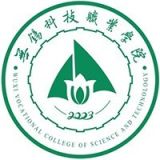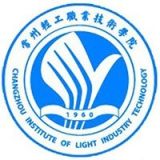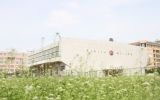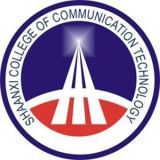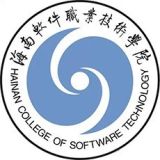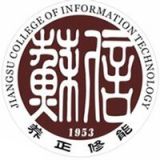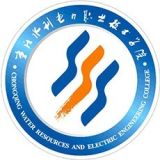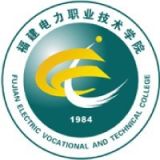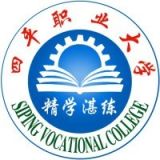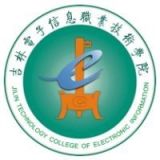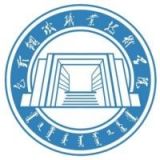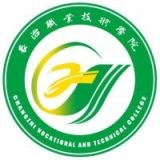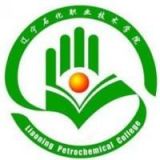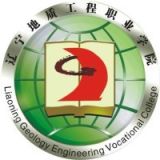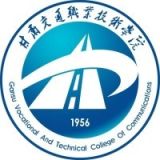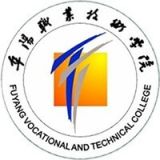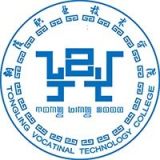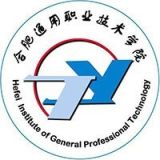高中的教师如何使用不同的教学方法来激发学生的学习兴趣?

Answer:
1. Inquiry-Based Learning:
- Encourage students to ask questions, conduct investigations, and solve problems independently.
- Provide them with rich resources and opportunities to explore their interests.
- Use open-ended questions and real-world scenarios to spark curiosity.
2. Project-Based Learning:
- Engage students in real-world projects that align with their learning objectives.
- Encourage collaboration, critical thinking, and problem-solving skills.
- Provide opportunities for students to showcase their creativity and make meaningful contributions.
3. Gamification:
- Incorporate game-like elements into learning activities to make them more engaging.
- Use points, badges, and leaderboards to motivate students.
- Create interactive simulations and virtual worlds.
4. Hands-On Learning:
- Provide opportunities for students to engage in practical activities, experiments, and simulations.
- Use manipulatives, tools, and technology to enhance learning.
- Encourage students to explore and experiment with different concepts.
5. Differentiated Instruction:
- Offer multiple learning pathways to meet the diverse needs of students.
- Provide differentiated instruction based on individual learning styles and abilities.
- Use flexible grouping and scaffolding to ensure inclusivity.
6. Collaboration and Communication:
- Encourage students to work together in small groups or teams.
- Foster open communication, collaboration, and peer support.
- Create a supportive and collaborative learning environment.
7. Reflection and Self-Assessment:
- Regularly reflect on student learning and provide opportunities for self-assessment.
- Encourage students to reflect on their progress, set goals, and make adjustments.
- Use formative assessments to provide timely feedback.
8. Technology Integration:
- Utilize technology tools and resources to enhance learning.
- Use online platforms, simulations, and virtual reality to create engaging experiences.
- Encourage students to develop digital literacy skills.






























































